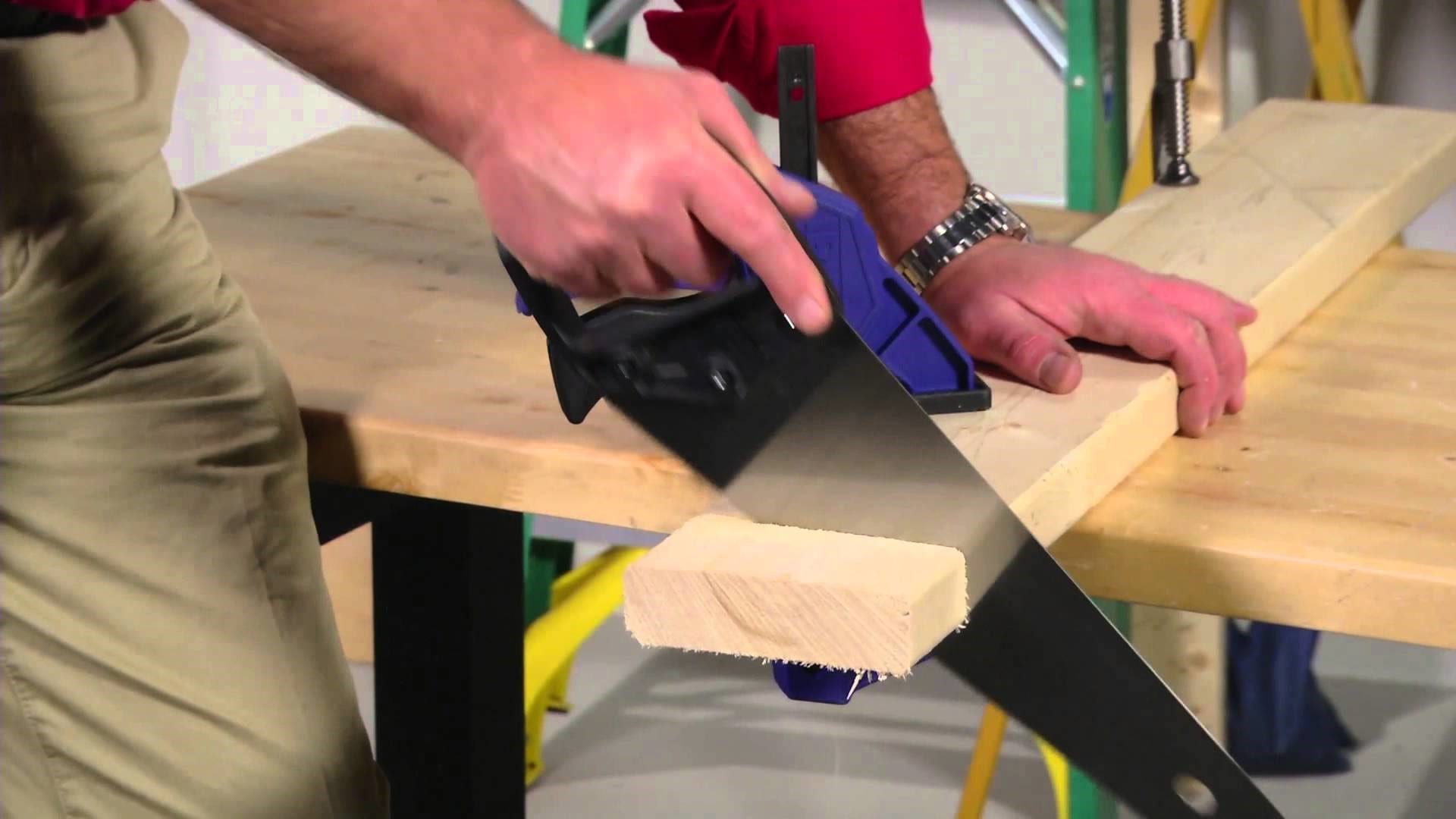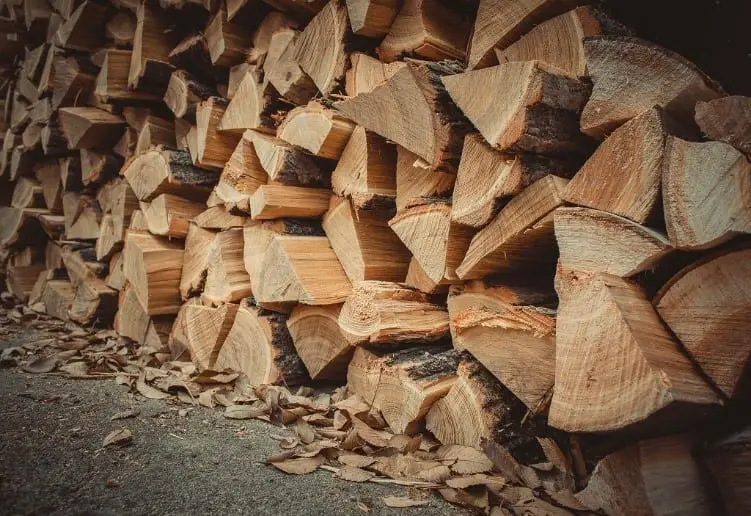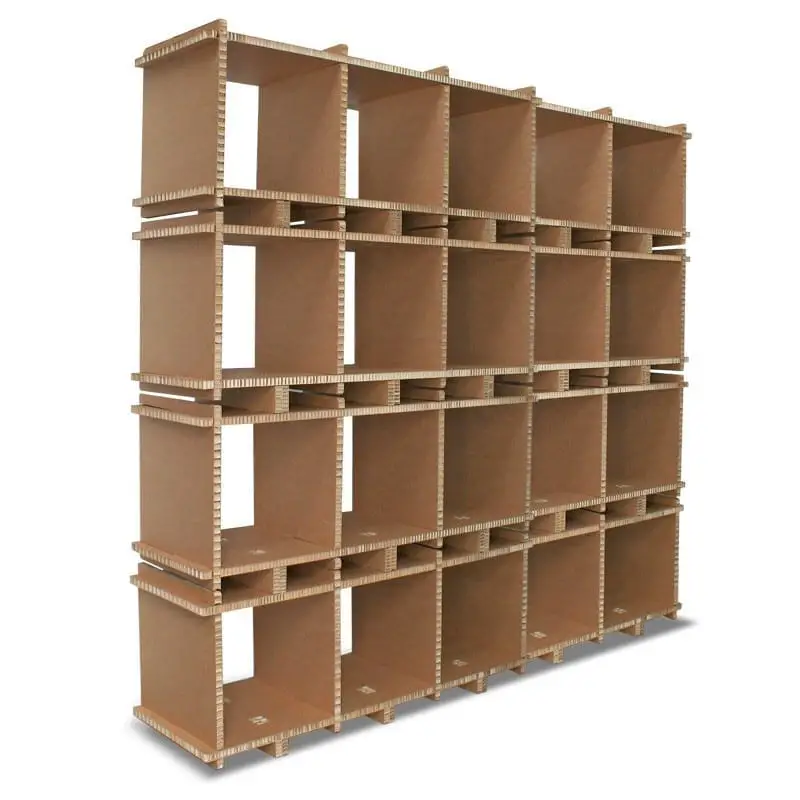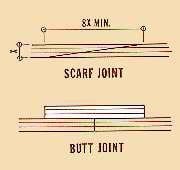Woodworking can be tricky, especially if you do not have enough experience in this activity. And even if you have already done a number of projects, being introduced to new equipment can leave you a bit confused. One of the equipment that you need to master operating in woodworking is the jointer. It is essential in making a perfectly squared edge from a board.
While there is a variety of methods on how you can square the edges of boards, the jointer guarantees a more precise and efficient method of doing this task. The main challenge that you have to face is maximizing the potential of the master jointer but once you get past this, you can ensure that it will deliver quality results.
The key to achieving the potential of this woodworking equipment is to follow the right operation procedure. If you stick to the right methods, you will be able to benefit from using this machine no matter what project you take on.
What You Need
- Jointer in good working condition
- Wood Board
- Machinist’s Square/ Angle Guage
Step by Step Instructions on How to Use the Jointer
The proper method of using a jointer can be broken down into several guidelines, which are as follows:
Step 1: Familiarize yourself with the machine—its parts, features, and functions.

Comprehending what the jointer is capable of is critical to maximizing its potential. To understand your machine, read the manual. Explore its parts so that you know what controls and features it has. Be sure that you understand how to adjust the fence, change the blades, set the cut depth, and perform other setting adjustments on the machine.
It is important that you equip yourself with as much familiarity as possible before you operate the jointer. This will ensure a safe operation and higher productivity when completing a woodworking project.
Step 2: Make Certain that the Jointer is Properly Tuned

The jointer’s tables must be perfectly parallel to each other. In order to do this, you must utilize a straight edge that will serve as your reference to make the adjustments. To ensure that you are doing the right adjustments, read the manufacturer’s manual.
Step 3: Square Up the Jointer’s Fence

Using a digital angle gauge or a machinist’s square, you must set the fence of the jointer in a seamlessly square position. The failure to square up the fence will render the jointer practically useless. It will make the utilization of the jointer very tricky.
Step 4: Know the Limitations of the Board Stock

Check with the manual about the specifics of the board size that you can use with your jointer. Every jointer has a capacity limit based on its beds’ dimensions. To ensure safe operation, it is advised that you set a lower limit for the board size that you want to run through the jointer. In many cases, the smallest piece that you can run through the machine has the dimensions of ½ x 2 x 12 inches in thickness, width, and length, respectively. Do not attempt to mill a smaller board stock.
But aside from the minimum dimensions of the board stock you can run through the jointer, you also have to know the upper limits that it can handle. Rather than being an issue of safety, the upper limits of the stock you can use is based on quality concerns. The maximum length of the board that you mill using the jointer should not exceed 2x the infeed table’s length.
To check if your board is on the right length, place it on the infeed table. Using the right technique, you should be able to balance the board on the table thereby achieving a straight edge.
While there are cases where in the board you have to run through the jointer is the right size for the machine, there are also times where in you have to use longer ones. These are not within the capacity of the jointer but you can still mill it on the machine by using a router as well as a straight edge. Be prepared for some tedious setup, however. But it will work just fine.
To ensure quality results, avoid configuring your jointer for boards that are not within its capacity boundaries.
Step 5: Set the Cut Depth

The goal of setting the depth of cut is making an observable progress on the board in every pass made without burdening the machine motor too much. It is recommended that you take a conservative approach in setting the depth so that you do not distress the machine. For example, setting the cut depth at 1/32nd of an inch is already good enough. This will allow you to achieve a perfectly squared edge for your board in just two passes.
Aside from taking care of your machine, being conservative with the depth of the cut renders better results than setting it at an aggressive rate. The time you have to spend in doing additional passes is also minimal so it would hardly be any inconvenience at all.
Step 6: Learn to Read the Grain

The grain direction on the board stock affects the jointed edge’s surface quality. While there is not much use knowing how to read the grain when the surface of the finished boards will not be displayed on the finished project, it still important to learn how to do this, especially if you encounter a problem.
The first thing that you have to do is identify the general direction of the grains on your stock. Now, imagine these grains extending and passing the edge of the board. As you joint the edges, the goal is to have the grain direction pointed towards the board’s tail end as you pass it through the machine.
Note that the surface quality results affected by the board’s grain direction will depend on other factors as well. These include: knife sharpness, wood species, feed rate, and the depth of cut.
Step 7: Flatten the Board Stock

Face jointing or flattening the board stock ensures that the board will have a flat face as you place it against the fence of the jointer. This step should be done prior to starting the edge jointing. Failure to do so will affect the quality of the results and also put your safety at risk.
When face jointing, you have to identify how much crook is permissible. First, you have to determine which of the edges will be jointed. If you will only joint one edge, you must place the concave edge down onto the machine’s bed for an instant reference surface. However, there is a risk to this approach. Extremely crooked edges may tip the board’s leading edge straight into the jointer’s cutterhead. This will cause the board to make an abrupt stop and result to a snipe.
If you think that the edge is to crooked, you will have to make manual adjustments to the board first. Here is the way to do so:
- Draw a straight line on the inside of the crook.
Using a perfectly straight edge, preferably from a tool that you already have in your workshop, draw a straight line on the crooked edge. Draw the line in a way that you will need to remove the least amount of stock while achieving a straight edge.
- Cut the drawn line using a band saw.
Once you have drawn a straight line, use band saw to cut from the stock. Cut as close to the line as possible. You must create an edge that is now safe to be passed through the jointer.
Step 8: Position the Board

Starting with the preferred edge on the table, place the board against the jointer fence. Make sure that the board stock is sitting flat on the jointer’s fence and show not, in any way, appear twisted.
Step 9: Pass the Board Through the Jointer

Start with your left hand placed on the board’s top edge close to its front. Apply firm and steady pressure downwards and towards the jointer’s fence. Be watchful of how much pressure you apply as you pass the board through the cutterhead. Ideally, modest pressure will suffice just so that you can guide the board as it moves along. If you put too much pressure on the board, it will result to a distorted and overly concave edge.
As soon as your left hand, which is applying pressure on the board, passes right over the cutterhead, lock it in position. The reference surface is now the outfeed table instead of the infeed table where the board first passed through. This transition from infeed to outfeed table should be smooth but often, this is the part where problems start to happen. To prevent this from happening, maintain your hand’s position and continue applying modest pressure.
After the transition, your right hand should support the work of your left hand by pushing the board. It should apply a steady, firm, and modest speed like your left hand. Follow the machine’s rate and do not feed the board onto the jointer too fast. If you do, it will lead to a rippled finish on the surface of the board. You can use a push block, if necessary.
Final Words
This guide offers simple set of instructions that allows you to operate the jointer without the experience being too tedious. It will take some time before you fully master the machine. If you follow the right procedure every time you use it, you will be able to consistently produce quality results.
Did you find this guide helpful? If yes, feel free to share it with your family and friends. If you have any comments or questions, you can post them below.








